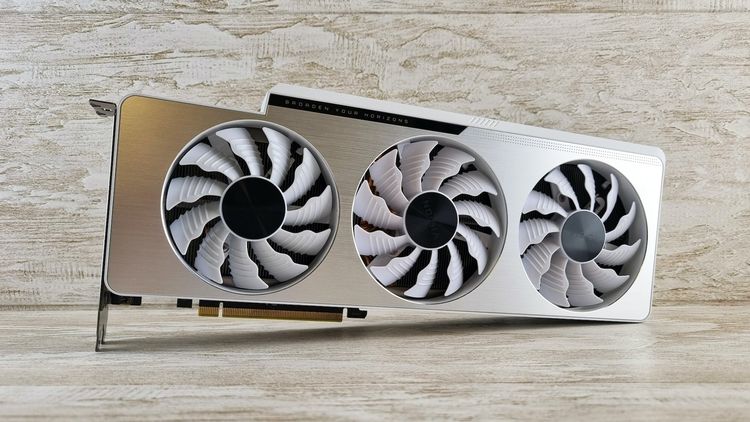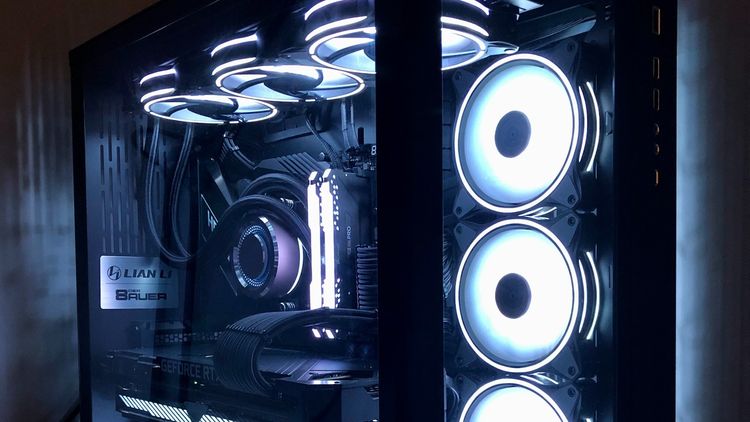In Depth: Processors

After covering computer components in my previous post, I wanted to cover more details about each component and issues that may arise. For this post, I will focus on the Intel line of processors. However, the concepts and commentary can apply to other brands like AMD, Texas Instruments, Qualcomm, Nvidia, and Apple.
Basics
To understand the processor's purpose, you must first understand how electronics work. In the most basic sense, they operate with electrical pulses. An electrical pulse is signified by a 1. The absence of an electrical pulse is represented by a 0. This is called binary and makes up the brunt of what a processor does. The processor can be seen as the brain between mathematical calculations and running instructions.
With Intel's line of processors, the consumer side is i3, i5, i7, and i9. The enterprise side is Xeon and Xeon Scalable. On the consumer side, there are technically only three different chips manufactured. i3, i5/i7, and i9. With how the manufacturing process is conducted, sometimes chips have defects that limit their capabilities. The i5 and i7 are the same but are rated for different performance capabilities. As expected, the lower i number, the fewer the processor's capabilities.
Inside
The basic specifications are their core count, thread count, clock speed, and bus speed. The clock speed is the frequency the chip can operate at in hertz (1-3 Gigahertz being the typical rate). The faster the clock speed, the more work it can handle.
The bus speed is how it can communicate with other components outside the processor itself. One essential part is that the motherboard needs to support the processor's bus speed, or it'll end up slowing down the instruction/processing capabilities of the CPU. You might have a Corvette that can drive at 120+ mph, but the road can only handle 75 mph. Your Corvette is nothing better than a Geo Metro that can go 75 mph.
The core is the individual processor itself. In single-core processors, there is only one actual processor. Instructions being read must wait until other instructions are completed before being run. Multi-core processors have more than one physical processor inside the whole unit. The more cores a processor has, the more concurrent instructions can be run.
The thread is the individual instruction "pipeline" for a given core or processor. The same core or processor can speed up its work in a multi-threaded processor by sharing the exact instructions amongst multiple processes.
Another lesser component of a processor is its cache. This tends to be like having a memory stick within the processor itself. The cache can repeat the exact instructions multiple times to help speed up repetitive processes.
So to summarize, a processor is an electrical component that processes calculations and instructions for a computer. The higher the clock speed, the more it can handle at a time. The more cores a processor has, the more separate calculations and instructions can be done. The more threads a given core can handle, the faster it can do repetitive tasks. Lastly, the cache helps store frequently run instructions to speed up repetitive tasks.
Common Issues
One of the first problems you can run into is installing a processor. If you have the wrong CPU type for the socket soldered into the motherboard, you cannot insert the CPU chip. Additionally, ensure you insert the correct CPU chip into the socket perfectly to prevent bending or damaging the fragile pins on the underside of the chip.
You also want to ensure dust, contaminants, or electrical charges do not contact the chip. You should wear an electrostatic discharge strap to ensure you do not fry the microscopic components of the processor. The other two issues are less problematic than electrical discharges but are essential. If it contacts the chip and contacts the socket, Dust can cause the individual pins not to function correctly or at all.
Another major issue with processors is heat. Heat is the bane of electronic existence. You have to have some heat, but you cannot have too much. Too much heat and the fragile components within the processor will melt or break. In contrast, a cold temperature may damage the processor or cause it to function slower. This is less likely to happen than overheating. You will want to ensure a heatsink is installed correctly onto the CPU with thermal paste. You also want to ensure a fan is mounted to the heatsink to help dissipate the heat within the case. Lastly, the case itself should have a method to draw the heat outside of the case.
A heatsink is a small metallic component like the radiator in a car. It is a compact component with hundreds of tiny metal fins to help increase surface area to dissipate heat faster. The thermal paste helps create a good seal between the CPU and heatsink to transfer heat between the two correctly. Do not use too much thermal paste. A little goes a long way. But too much will cause damage or shorts.
Having the proper power supply will also help prevent issues with the processor. Too little power and it will run at slower rates. Too much, and it may damage itself. It would be wise to have a battery backup or surge protector to help prevent power surges.
These are the main concepts of the processor and things to look out for to ensure the best possible outcome. As processors have become very capable and intricate, you can dive deeper down the rabbit hole. This is a great start for understanding their purpose, what they are made of, and what can go wrong.






Member discussion